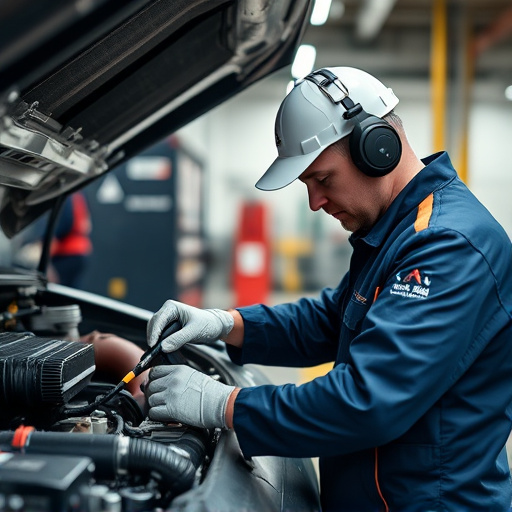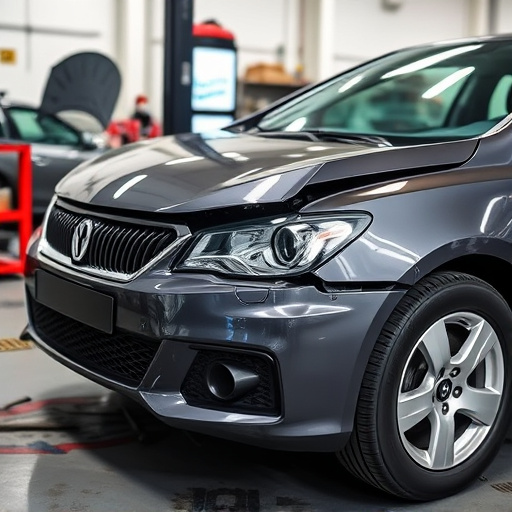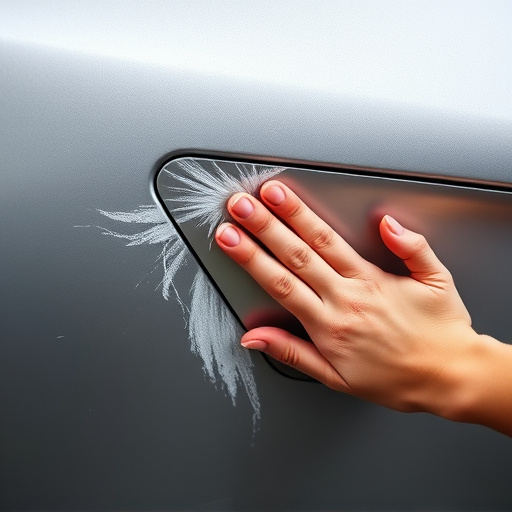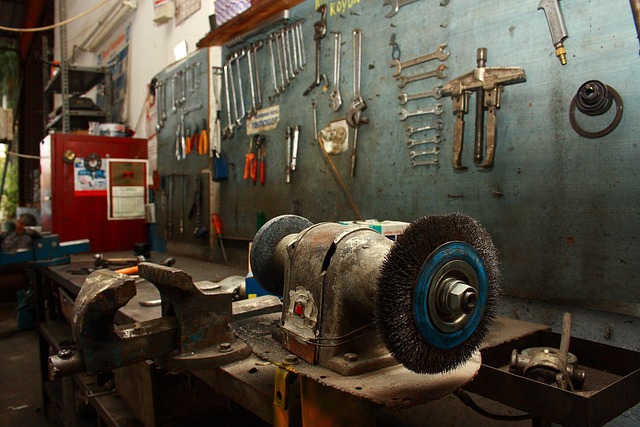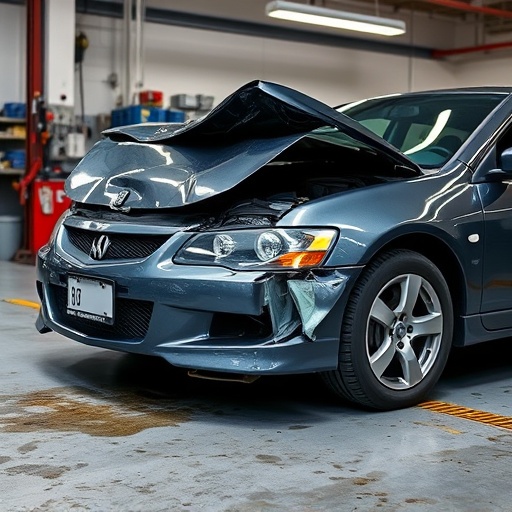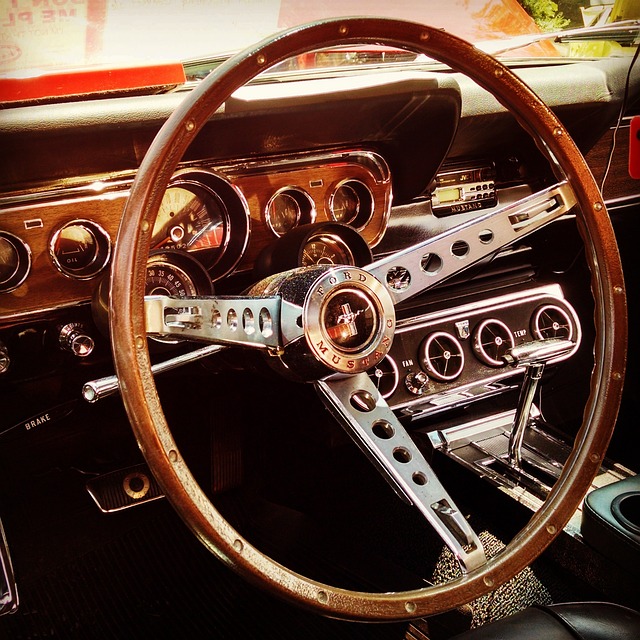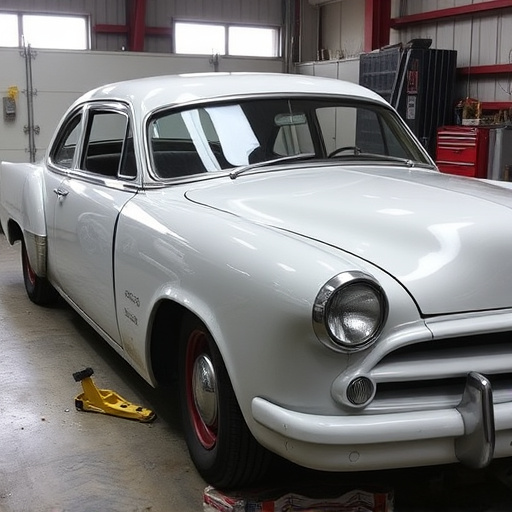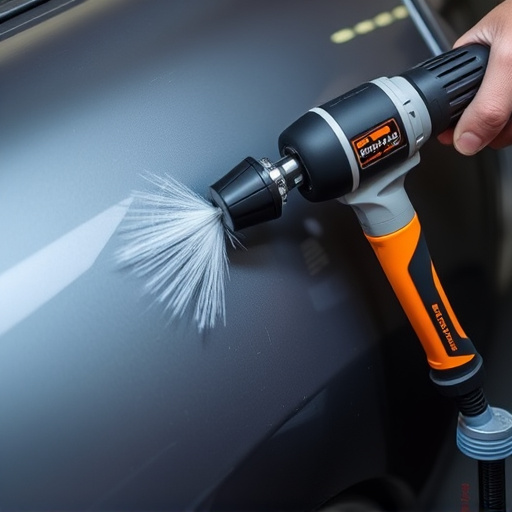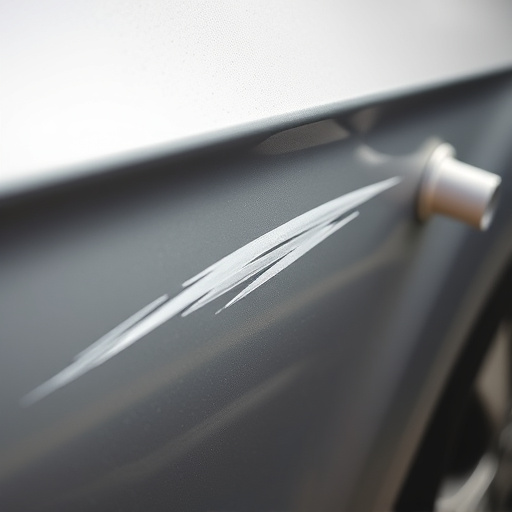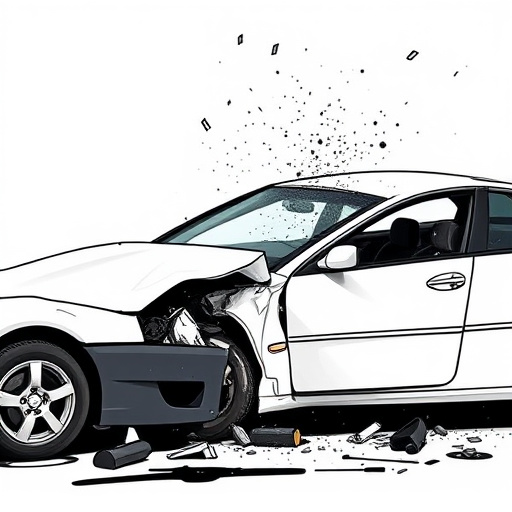Mercedes lane assist recalibration is a vital step after any front-end collision to ensure the advanced driver assistance system functions correctly and safely. Professional body shops offering luxury vehicle repair services should assess damage, perform bodywork repairs, and use specialized tools and software for Lane Assist recalibration, guaranteeing structural integrity and peak performance of safety features. Recalibration involves washing, charging the battery, locating the control unit, disconnecting it, using software for full recalibration, reconnecting, testing functionality, and integrating into post-collision car restoration.
Mercedes vehicles equipped with Lane Assist technology require proper recalibration after a front-end collision. Such collisions can disrupt the system’s accuracy, leading to potential safety risks. This article guides you through understanding Mercedes lane assist recalibration, its significance post-front-end collision, and offers step-by-step instructions for performing an effective recalibration. By following these steps, ensure your Mercedes Lane Assist system operates optimally and safely.
- Understanding Mercedes Lane Assist Recalibration
- Front-End Collisions and Their Impact on Lane Assist
- Steps to Perform Effective Lane Assist Recalibration
Understanding Mercedes Lane Assist Recalibration
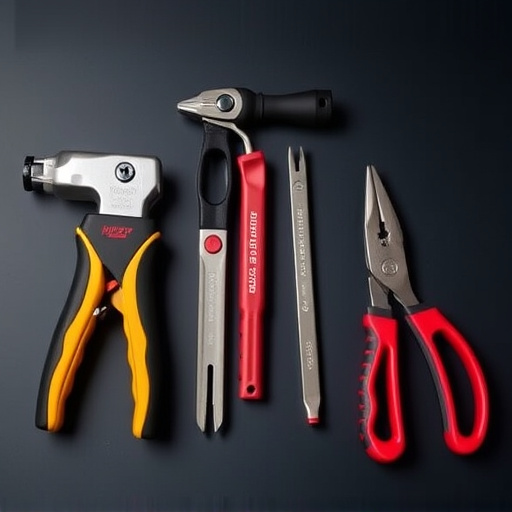
Mercedes Lane Assist is a cutting-edge driver assistance system designed to keep your luxury vehicle in its lane and prevent collisions. However, after a front-end collision, even minor ones, this sophisticated technology may require recalibration to ensure it functions correctly. Recalibration involves adjusting the sensors and cameras that make up the Lane Assist system, ensuring they’re aligned with the updated shape of your vehicle’s bodywork following repairs. This process is crucial for the safety and reliability of your Mercedes, as well as for the overall performance of its advanced driver assistance systems.
A visit to a professional body shop offering luxury vehicle repair services is in order if you’ve been in an accident. Skilled technicians will assess the damage, make the necessary repairs to your vehicle’s bodywork, and perform the Mercedes lane assist recalibration using specialized tools and software. This ensures that not only is your vehicle structurally sound, but its high-tech safety features are also functioning at peak performance, providing peace of mind for every mile you drive.
Front-End Collisions and Their Impact on Lane Assist

Front-end collisions can significantly impact the intricate systems within a Mercedes vehicle, particularly the advanced driver assistance systems (ADAS) like Lane Assist. These accidents often involve a collision between the front of two vehicles or a single vehicle striking an obstacle, resulting in varying degrees of damage to the car’s structure and components. While external damage might be readily apparent, internal disruptions can go unnoticed, especially when it comes to sensitive electronic systems.
In many cases, even minor front-end collisions can disrupt the alignment and calibration of the Mercedes Lane Assist system. This technology is designed to keep the vehicle centered in its lane, providing steering assistance if needed. However, a collision can cause sensors to shift or become damaged, leading to inaccurate readings and ineffective intervention. Therefore, following any front-end collision, it’s crucial to have a professional automotive body shop perform a frame straightening service and Mercedes lane assist recalibration to ensure the safety and effectiveness of this critical driver assistance feature.
Steps to Perform Effective Lane Assist Recalibration
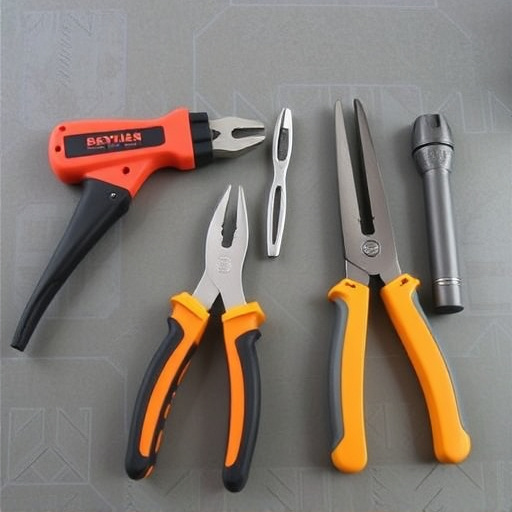
After a front-end collision, recalibrating your Mercedes’ Lane Assist system is crucial for ensuring its effectiveness. Begin by washing and drying the car thoroughly to remove any debris that might interfere with the sensors. Next, ensure the vehicle’s battery is fully charged, as this powers critical systems. Park the car on a level surface, engage the parking brake, and allow the engine to idle for several minutes to stabilize electrical components.
For accurate results, follow these steps: first, locate the control unit, often found under the steering wheel or in the glove compartment. Disconnect the unit from the vehicle’s power source, then use specialized software tools (available from authorized dealers) to perform a complete recalibration. During this process, the system will recalibrate its sensors and algorithms, ensuring precise lane-keeping assistance. Once complete, reconnect the control unit and test the Lane Assist functionality in various driving conditions to confirm optimal performance. Consider these steps as part of your car restoration process after any collision for enhanced safety and a seamless driving experience.
After a front-end collision, it’s crucial to understand that Mercedes Lane Assist may require recalibration. Such incidents can impact the system’s accuracy, emphasizing the need for proper recalibration. By following the outlined steps, owners can ensure effective restoration of their vehicle’s lane-keeping capabilities, enhancing safety on the road. Remember, a well-maintained Lane Assist system contributes significantly to accident prevention and driver confidence.

